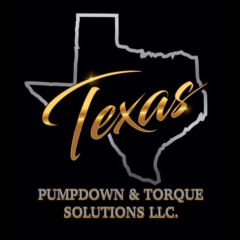Work-related eye injuries, especially those resulting in the loss of sight, cause greater suffering to the injured worker than most other injuries. Eyes are easily protected from injury by wearing eye protection — yet, the leading cause of eye injury is failure to wear eye protection when it is needed.
A common excuse for not wearing eye protection is that it is uncomfortable, but losing the sight of an eye is a lot more uncomfortable. Some take the chance of not wearing eye protection because an activity involving eye hazards may last only a few moments and their exposure to injury will be short term. The odds get shorter with each such gamble until in one unguarded moment a serious eye injury occurs.
No matter where you work, flying or windborne particles, dust, fumes, vapors, hazardous liquids, or harmful rays are apt to expose you to a potential eye injury. With proper planning, you can protect against these hazards by using appropriate eyewear and the hazards they can guard against are listed below.
Safety Glasses
Regular safety glasses are very similar in appearance to normal prescription glasses, but the safety glasses are designed to protect you from flying particles. Their lenses are impact-resistant and their frames are far stronger than regular eyeglasses. Safety glasses can be made with prescription lenses and equipped with side shields or tinted to offer additional protection.
Safety Goggles
Goggles are impact-resistant and are available with tinted lenses. Goggles provide a secure shield around the entire eye area to protect against hazards coming from any direction. Goggles may have regular or indirect ventilation. Indirect ventilation may be required if a splash hazard exists.
Shields and Helmets
Face shields and helmets are not in themselves protective eyewear. Rather, they are used in conjunction with eye protectors. Full-face shields are often used when a chemical, heat, or glare exposure exists. Face shields & eye protection MUST be worn when making casing cuts. Helmets are used when welding or working with molten materials.
Guard against eye injury by wearing appropriate protective eyewear. Remember that prescription glasses and sunglasses are not acceptable types of eye protection and should not be substituted for protective eyewear. Goggles however, can be worn over prescription glasses.
Conclusion:
ALWAYS WEAR APPROPRIATE & APPROVED EYE & FACE PROTECTION.
Questions:
- What is the leading cause of eye injury?
- Face shields are the same as safety glasses? True or False.
